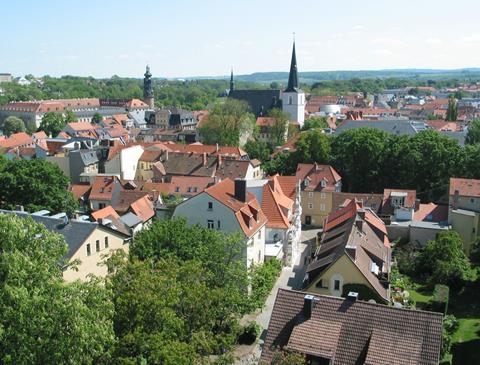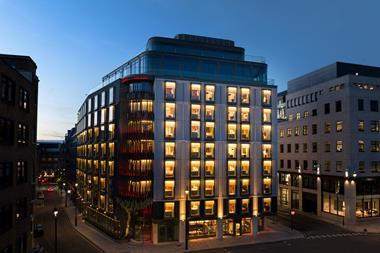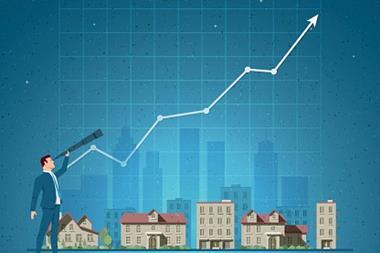Medium-sized towns and cities in Eastern Germany are enjoying a comeback, according to a housing market report published by TAG Immobilien.

Rental and property prices in many local markets are increasing while yields have remained extremely attractive. At the same time population and household numbers are on the rise and labour markets and purchasing power are growing in the region’s large and medium-sited towns.
'In Saxony’s Chemnitz, for example, household purchasing power has surged by almost 15% over the last five years. In combination with vacancy rate declines and rental prices that remain at an affordable level, such developments promise investment yields of over 9%, peaking at up to 12.5%,' said Claudia Hoyer, Chief Operating Officer at TAG Immobilien. 'B locations that boast universities or technical colleges have an extra degree of attractiveness,' she added.
This compares to yields as low as 3% for Munich, Berlin and Hamburg with Cologne, Dusseldorf, Frankfurt and Stuttgart just slightly higher at 3.5%.
Nearby Freiberg is another example. Six years ago this university town in the Erzgebirge region had a vacancy rate of less than 8% and due to increased demand for housing, property prices have risen by almost 40% over the period. Yields in Freiberg are now similar to those in Chemnitz.
Rising prices
In Jena, the price per m2 for residential property has risen by 22% between 2011 and H1 2016 to €2,100, a development that has also benefited Weimar, located just under 30 km away. Famous for its culture and university, Weimar has seen apartment prices increase by around 42% within the past five years, with an average price per m2 of €1,676 in H1 2016. Residential investment properties in the town regularly change hands at price-to-rent ratios of 15, generating average annual property yields of 6.7%. During the same period, rental prices have increased by 14%.
But even this is beaten by Greifswald located to the north of Weimar which has seen average price increases of some 15%. Housing is in short supply in this popular university town, despite a great deal of housing construction activity in recent years. During the five-year period under review, the average rent here has risen by more than 17% to €8.21 per m2 per month while the average price per m2 for residential property had climbed to €1,630 by the end of H1 2016.
It is not only B cities that are experiencing unprecedented demand, the same applies to smaller towns in the regions around major cities, especially those that boast convenient rail and bus links to their larger neighbours, the report claims. The extremely positive economic and population growth in Berlin has increased the pressure on an already overheated and over-priced housing market.
Magnet towns
More favourable conditions exist in the city’s surrounding region. For example, in Strausberg, a town with about 26,000 inhabitants, the housing market is flourishing as it attracts growing numbers of residents thanks in part to its established public transport infrastructure. The price of an apartment building here has risen to 25 times annual net rental income. Over the last five years, rental prices have increased by some 30%, and reached €6.84/sqm at the close of H1 2016.
What is true for Berlin is true of the other major cities in Eastern Germany that have experienced strong growth over the past five years – in particular Dresden and Leipzig. As a 'magnet town' in close proximity to Dresden, Freiberg is now attracting many more residents than it was able to do just five years ago.
The report was carried out by real estate advisory company Wüest & Partner Deutschland which conducted an analysis of 27 large and medium-sized towns and cities in Eastern Germany. The study incorporates data on demographic and economic trends, housing construction activity, rental and property purchase prices, and property investment yields.










